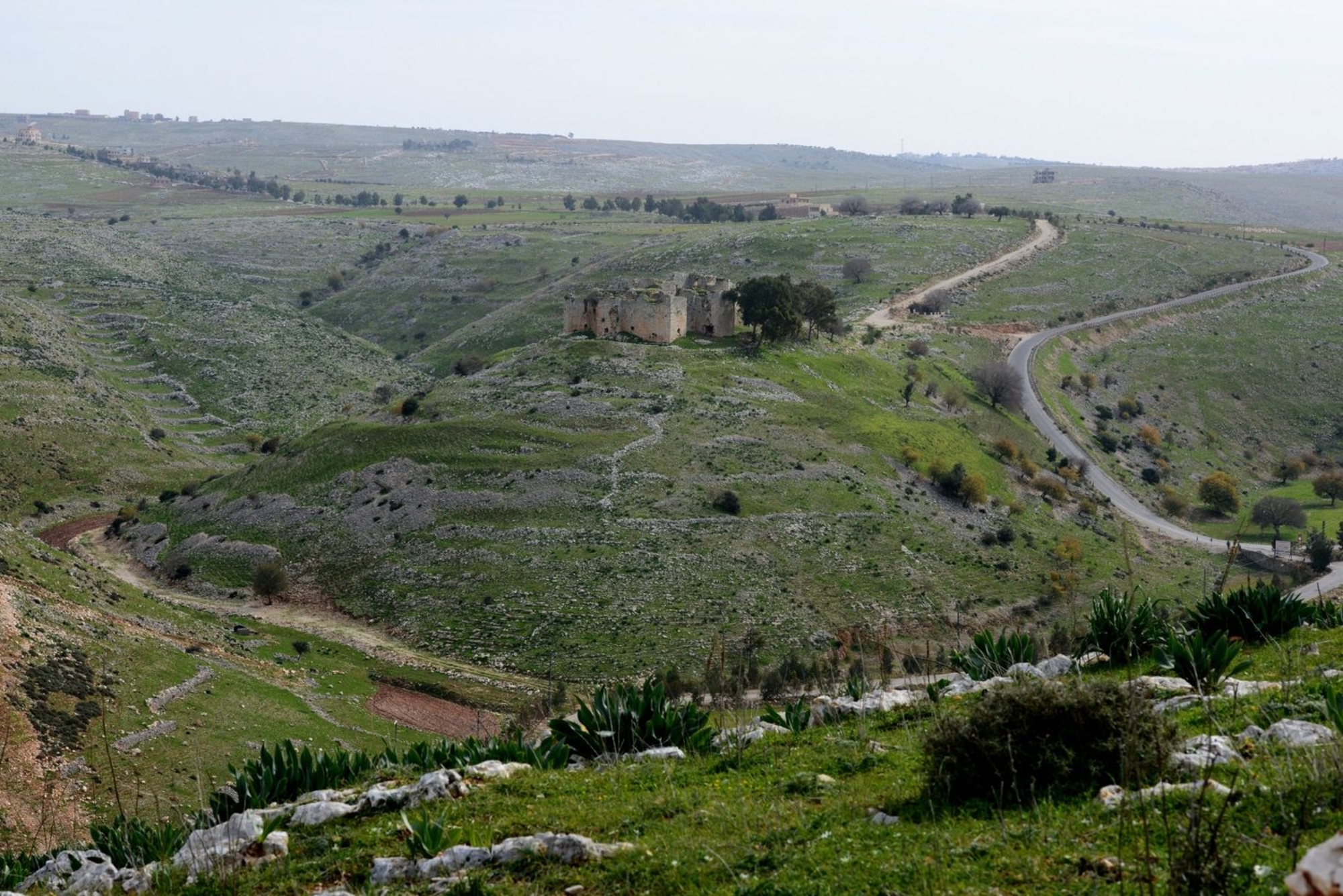
- Home
- Explore the site
- Historical and geographical context
Hospitaller Order of St. John of Jerusalem
Established in the Near East at the beginning of the 12th century to care for pilgrims, the Hospitaller Order of St. John of Jerusalem rapidly transformed itself into a military order under its Grand Master, Raymond du Puy (1125-1158), to defend of the kingdom of Jerusalem and secure the Holy Land.
The Homs Gap
A wide passage through the high mountains of Lebanon to the south, and the Jebel Ansarieh mountain range to the north, the "Homs Gap”, running west to east, links the coast with the Syrian hinterland through the Orontes plain. The Krak des Chevaliers was built at the northern end of this gap, overlooking the fertile plain of La Boquée, long before the Crusaders arrived in the region. Originally named Hoṣn al-Safth (the “Fortress of the Slope"), it was renamed Hisn al-Akrad (the “Fortress of the Kurds") after the Emir of Homs garrisoned Kurdish troops there in 1031 to guard the route to Tripoli.
The castle commanded two crucial communication routes between the coast and the Muslim cities of Hama and Homs on the Orontes plain. Held by the Crusaders, it seriously impeded the movement of Muslims in the region, and as a base for mounted reconnaissance and raids, it represented a permanent threat to their security. Referring to the Master of the Krak, the 12th-century chronicler Ibn Athir wrote:
”It is like a bone stuck in the throat of the Muslims” .
In 1255, in a bull exempting the Krak des Chevaliers from the payment of tithes, Pope Alexander IV wrote that the castle was located almost in the middle of the Saracen lands:
”Castrum ipsum positum quasi in medio nationis perverse et Sarracenis infestum”… .



